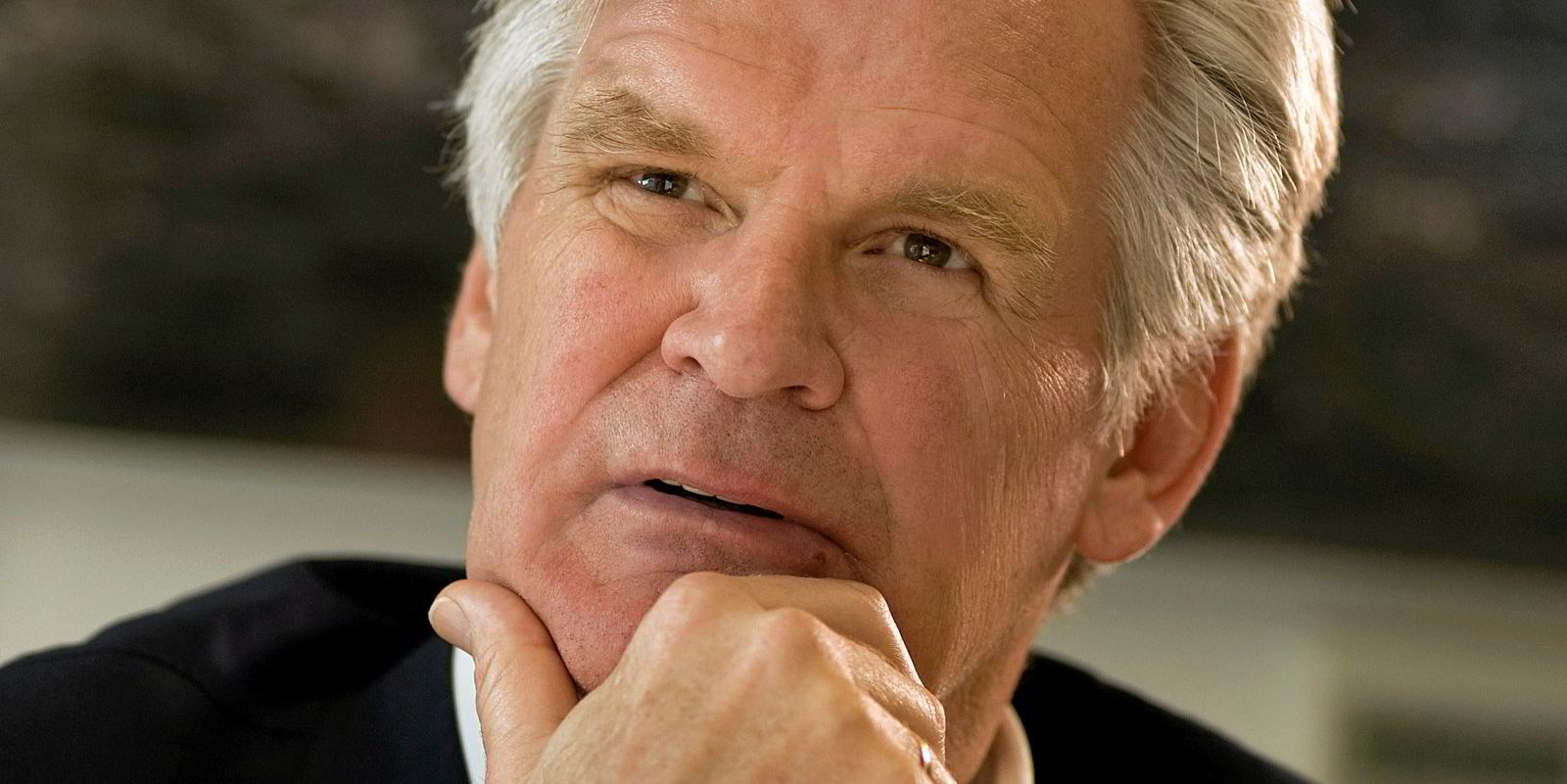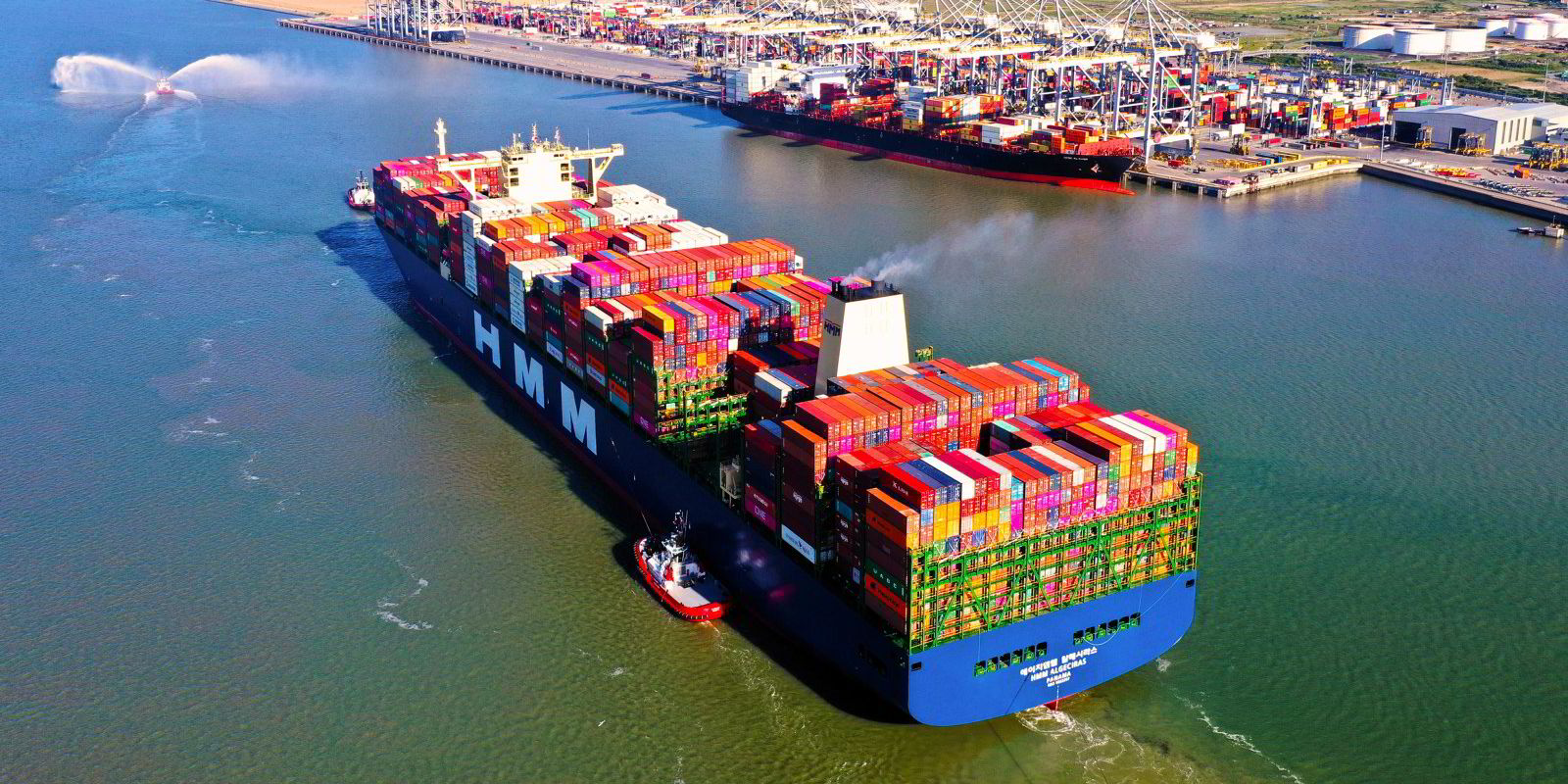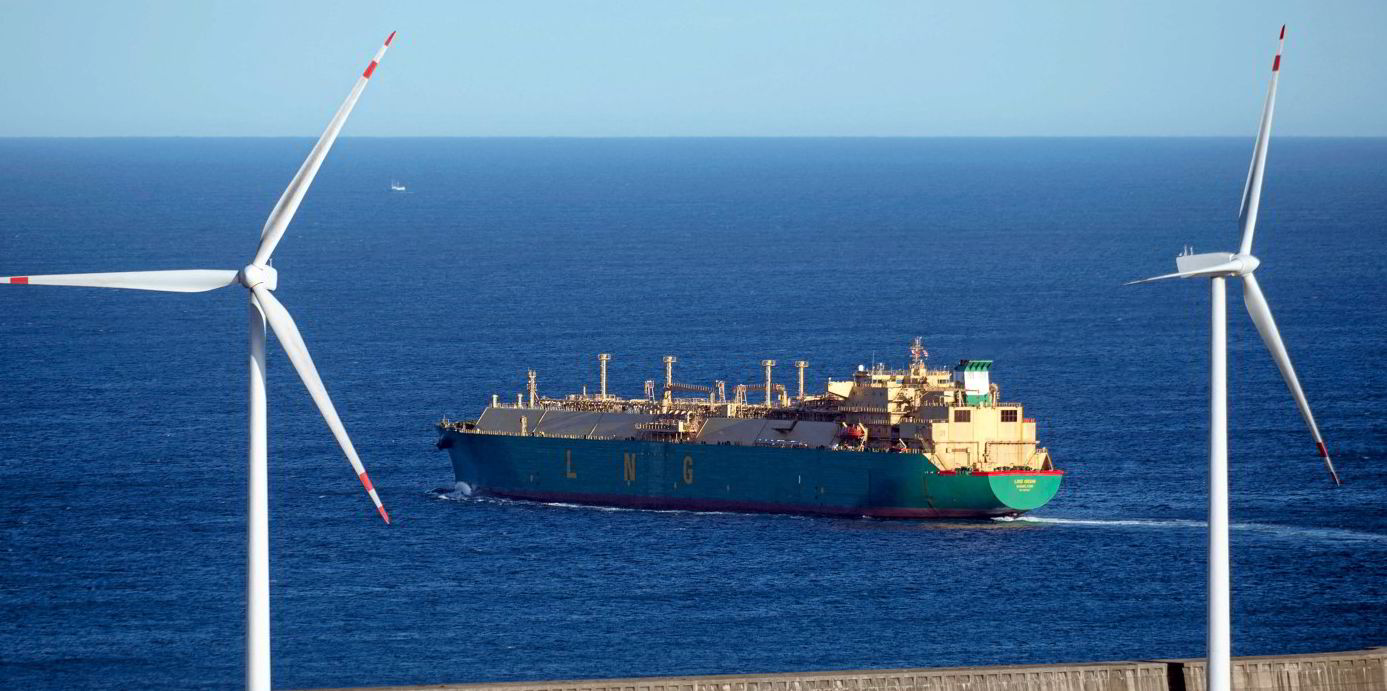Tor Olav Troim-led Golar LNG has invested in a new carbon capture technology company which it hopes will offer a way to cut emissions from its floating LNG (FLNG) production units.
In its Environment, Social and Governance Report 2022 Golar revealed it has invested in, and is a board member of Norwegian company Aqualung which has developed a hollow fibre membrane technology for carbon capture.
Golar said Aqualung’s technology “lays the foundation for developing large scale, compact, lightweight, efficient and durable units well suited for the marine industry”.
The company added that it is “optimistic” that it will also fit into future FLNG units.
Aqualung kicked off a pilot study in 2023 and Golar said it anticipates “positive progress during 2023”.
In a forward to the report Golar chairman, Troim said: “Golar sees the development of carbon capture technology as an important step in reducing CO2 emissions.”
Troim described 2022 as a “year of significant change, both for Golar LNG and for the global energy market.”
In 2022, Golar sold its LNG shipping business, the bulk of which has been transformed into Cool Co, offloaded its remaining floating storage and regasification unit to Italy’s Snam and refocused the company on the FLNG sector.
Figures from Golar’s ESG report show Scope 1 greenhouse gas emissions from its FLNG business increased to 435,884 tonnes in 2022 from 371,936 tonnes in the previous year.
Golar detailed that its target is to consistently achieve benchmark emissions intensity from its sole operating LNG floater FLNG Hilli of 0.30 TCO2e/TLNG [tonnes of CO2 equivalent per tonne of LNG].
It said in 2022 it achieved an intensity factor of 0.305 TCO2e/TLNG.
The company explained that due to feed gas supply constraints and the unit's offtake schedule, the three production trains on FLNG Hilli were not running close to their maximum power.
“We were therefore unable to produce LNG as efficiently as the design allows for,” Golar said. “This, in combination with some additional flaring due to FLNG maintenance and disruptions at the land-based gas processing plant, resulted in a slightly higher overall intensity compared to 2021.”
Golar said its new FLNG unit designs are expected to reduce carbon intensity by 25% or more compared with its FLNG Hilli and under-construction FLNG Gimi.
The company said its target is to continue to explore technologies which could deliver even greater improvements in emission intensity, such as carbon capture technologies or integration of its power management system with renewable sources.
Troim said: “Golar believes gas and LNG will remain an essential component in the global energy transition.”
He said it is “unrealistic” to expect that the nominal consumption of hydrocarbons to decrease in the next 10 to 20 years.
Instead, he sees the substitution of coal and oil with gas as a means of achieving “significant CO2 reductions” while providing a backup to renewables. But is concerned by gas flaring and the use of diesel-fuelled trucks, particularly by US shale gas developers.
Troim flagged up the creation of new Golar subsidiary Macaw Energies, which was founded last year, and said it should be able to offer “interesting commercial diesel to gas/EV [electric vehicle] transformation solutions within the next 12 months”.
“I am personally really excited about the massive opportunity ahead of us in this field,” he said.







